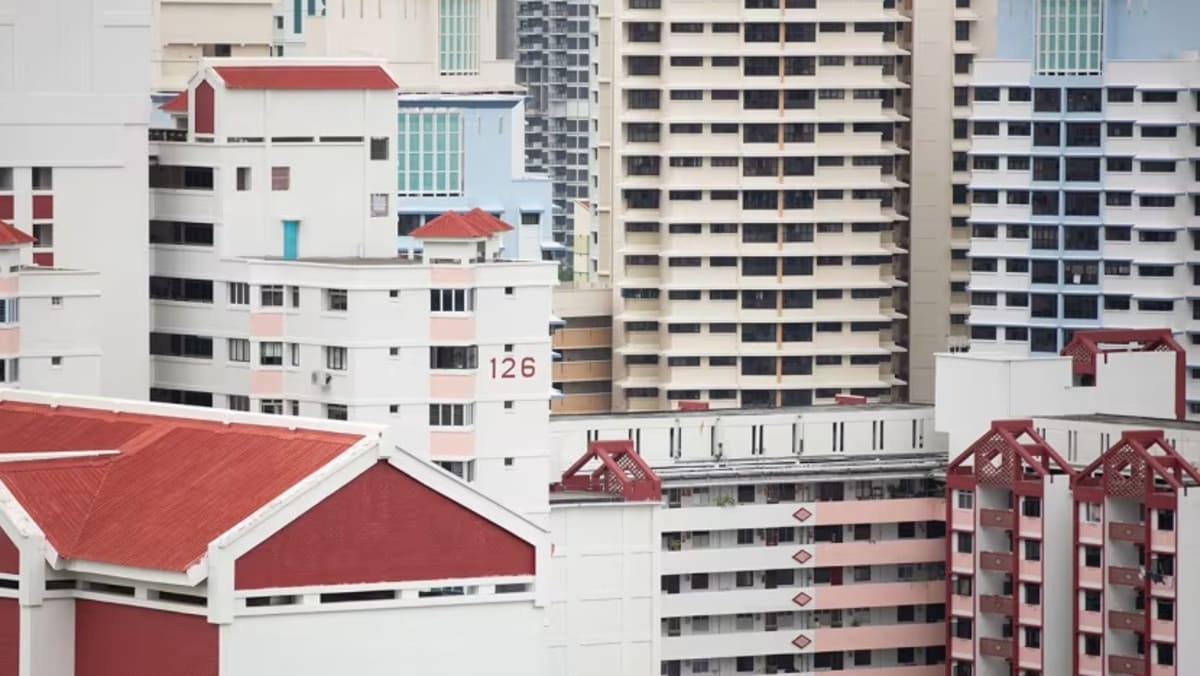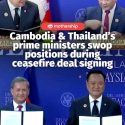CRU NOT A PANACEA FOR NEIGHBOUR DISPUTES
At Tuesday’s sitting, MPs asked for numbers related to neighbour disputes, including how many compulsory Community Mediation Centre (CMC) attendances were directed through the various channels for each of the last three years, and how many cases of disputes between neighbours had escalated to violence resulting in injuries and fatalities.
MP Kenneth Tiong (WP-Aljunied) asked what distinguished a severe noise dispute qualifying for CRU intervention, while MP Abdul Muhaimin Abdul Malik (WP-Sengkang) asked for the total number of cases resolved or closed by the CRU.
Both asked for an assessment on the efficacy of the unit.
The CRU, announced in August last year, can investigate and take action in severe cases of neighbour disputes involving noise and hoarding. It is part of enhancements to the Community Disputes Management Framework (CDMF), which was set up in 2014 to help with neighbour disputes.
Mr Tan said that the CRU framework strikes a balance between the government stepping in to manage a dispute and leaving enough room for neighbours to settle disputes themselves.
“It is not a panacea for neighbour disputes, and is not a substitute for a strong foundation of positive community norms, and also good neighbourly relations and community dispute resolution options,” he added.
As part of its investigatory and enforcement powers, the CRU has the ability to deploy noise sensors, however these were not required in the five cases investigated in Tampines.
As a “last resort” after exhausting other levers, the CRU may refer the most severe and recalcitrant nuisance-makers to HDB, to consider compulsory acquisition of their flats, said Mr Tan.






